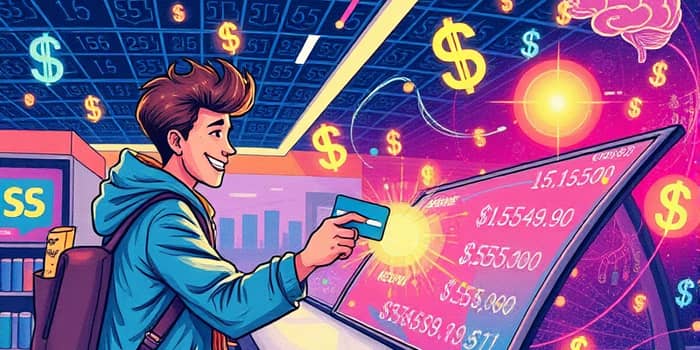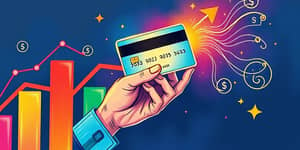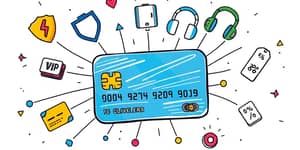
In our increasingly cashless world, credit cards have become almost invisible tokens of convenience. Yet beneath their glossy surfaces lurk powerful psychological forces that shape how we shop, spend, and manage our money. Understanding these forces is the first step toward regaining control of your finances and building healthier spending habits.
Unlike the tangible exchange of bills and coins, credit cards create an abstract transaction. Research from MIT’s neuroeconomics lab reveals that cards anesthetize the pain of payment, cutting the emotional cost of each purchase roughly in half. When you swipe instead of handing over cash, the momentary sting of loss disappears, making it easier to justify larger or more frequent purchases.
In one experiment, participants bidding on basketball tickets offered up to 100% more when using cards than cash. Another study found individuals willing to pay 83% extra for identical items with plastic instead of bills. These figures highlight how the medium of payment alone can distort our perception of value.
Neuroimaging studies show that credit card transactions light up the striatum, a core region of the brain’s reward circuitry. Like addictive substances, cards send a surge of anticipation and pleasure, fueling a activation of brain reward centers that reinforces spending behavior. The thrill of a purchase is no longer solely tied to the product’s appeal; it becomes intertwined with the act of swiping itself.
This neurological response is independent of price. Whether grabbing a coffee or splurging on electronics, the brain’s lighting-up pattern remains similar, making every transaction feel gratifying. Over time, this creates a feedback loop: the more you spend, the more your brain craves that reward signal, driving you toward repetitive shopping.
Stress, sadness, or even boredom can amplify the pull of credit card spending. Just as we might overeat when upset, many of us turn to shopping for a quick mood lift. Cards exacerbate this tendency by making purchases feel less real, so it’s easier to rationalize impulsive buys. Surveys indicate over half of consumers admit to more impulse purchases with cards than cash.
Psychologists liken this to “retail therapy,” where temporary emotional relief often leads to long-term financial regret. Recognizing these triggers—be it a tough day at work or a social media-induced urge to buy—is key to curbing unnecessary spending and avoiding debt spirals.
Several behavioral mechanisms skew our spending when using credit cards. The out-of-sight, out-of-mind effect occurs because the loss isn’t physically visible. Additionally, the payment coupling time lag between purchase and bill arrival further distances us from the true cost.
This disconnect is amplified by unbundling costs from benefits: you enjoy the product immediately, but you only feel the financial pain weeks later when the statement arrives. And even then, paying just the minimum can dilute the sting, making debt feel manageable when it’s quietly mounting.
Rising credit card use correlates with growing household debt. Many consumers systematically underestimate what they spend and overvalue instant gratification. This pattern isn’t limited to plastic: as mobile wallets and peer-to-peer apps proliferate, similar psychological levers are at play.
Experts warn of a potential shift from financial oversight to behavioral addiction. Reward programs offering points or cashback tap into the same neurochemical pathways as slot machines, creating compulsive loops for vulnerable individuals. Understanding these societal stakes helps us advocate for better education and responsible payment policies.
Awareness is your first defense. By recognizing the hidden costs of credit card use, you can adopt strategies to protect your wallet and well-being:
Combining these tactics creates friction in the spending process, triggering reflection rather than impulse. Over time, small behavioral shifts can yield significant financial resilience.
As financial technology evolves, so will our psychological challenges. Biometric payments, cryptocurrency wallets, and augmented-reality shopping could introduce new layers of abstraction and reward. By staying informed and applying time-tested principles of self-control, we can navigate this landscape without falling prey to its hidden traps.
Ultimately, the key is to balance convenience with mindfulness. Credit cards and digital platforms offer undeniable benefits, but by understanding the science behind our spending impulses, we can reclaim agency over how, when, and why we part with our money.
References













